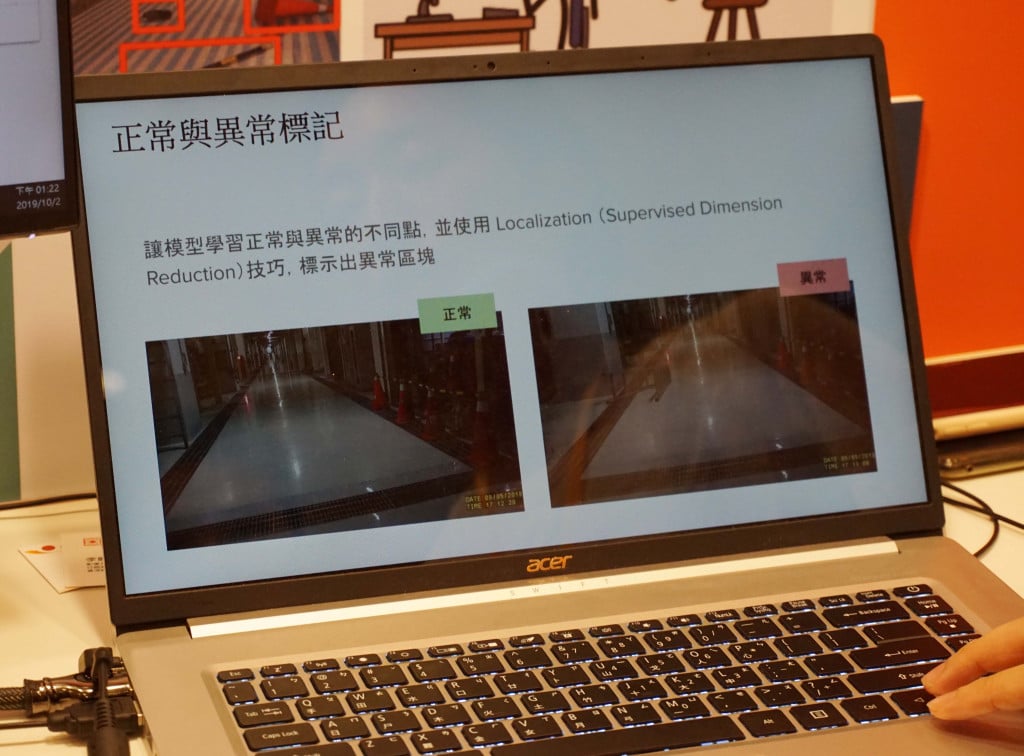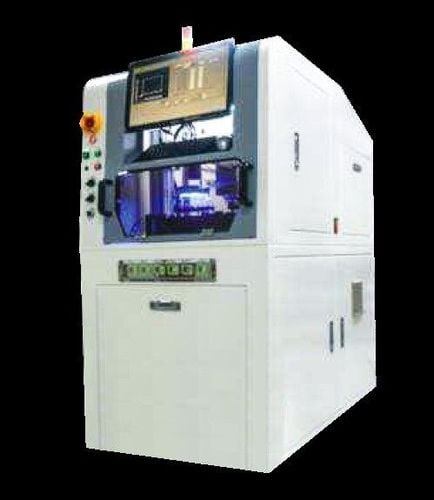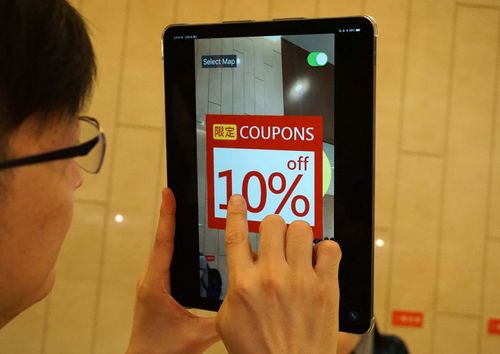【2020 Solutions】 Focusing on Various Quantitative Analysis Techniques to Tackle Profound Challenges!
In today's digital age, both individuals and companies face challenges in writing copy and designing layouts when managing a brand online. What constitutes good design? The online world often gives a mysterious impression, and the WoodThought team has been focusing on studying various data sources for years, hoping to find the answers they seek.
Focused on data analysis for exploring and solving problems
WoodThought is a group of consultants specializing in data (Big Data & Deep Learning) and solving the essence of problems. The team utilizes various quantitative analysis techniques to challenge many of the profound issues found on the internet and strives to continually enhance the data analysis capabilities of both Taiwanese businesses and individuals. The application of this technology is extensive, including personalized navigation and recommendation systems on news platforms, eCommerce personalization for navigation, search, and recommendations, or strategy development, design, and backtesting in financial transactions. Moreover, WoodThought also offers data analysis courses like web scraping and data visualization in response to technological and current events, aiming to cooperate with both domestic and international enterprises to implement various data science solutions.
WoodThought is a group of consultants dedicated to data analysis, exploring and solving fundamental issues, utilizing various quantitative analysis techniques to challenge the many uncertainties of the internet.Image Source)
Taking the simplest web design as an example, WoodThought believes that with the advancement of personalized tracking technology and the combination of A/B Testing experimental designs and testing techniques, professionals in all industries can now avoid relying on the so-called '20 years of marketing experience'. Instead of using inefficient and unpredictable methods, making use of data analysis enables even intuitive observations to have a basis, thereby capturing the sentiments of online users. Supported by adequate data evidence, incorrect decisions and directions can be corrected promptly before mistakes are made.
WoodThought showcased its proprietary 3D marking system at the recent AI HUB conference, which utilizes AI image recognition technology to help doctors quickly determine the condition of patients' lung nodules.

The AI model will automatically learn from the markings, providing recommendations for future markings by doctors, allowing for early discovery and immediate treatment, resolving past difficulties of 3D image marking and the challenge of obtaining marking data.
The team developed a 3D marking system using AI image recognition technology, significantly enhancing the efficiency of medical diagnosis
The same AI data analysis technology, also applicable in the medical sector, was showcased by WoodThought at the recent AI HUB conference. This includes their own 3D marking system with features like Auto-Learning and Pre-Labeling. This system assists doctors in diagnosing lung nodules. As doctors complete the diagnosis and marking, the AI model will learn from it and provide future marking suggestions, enabling early discovery and immediate treatment, thereby greatly resolving the difficulties of 3D imaging marking and issues of data accessibility.

WoodThought aims to solve various personalized service demands through data analysis techniques and calls for everyone to go beyond mere imagination, interact personally with different types of data, and dig out the answers behind the problems.
Over the past two years, core members of the WoodThought team have actively assisted and guided ordinary users on various e-commerce and media platforms to establish correct views through introducing relevant technologies and services. This helps solve various personalized service demand issues and enhances the likelihood of matching products with customers. WoodThought encourages everyone to leave behind imaginary notions, to engage with data, and to uncover the answers behind the problems, while also experiencing the problems behind the answers. Given the rapid changes of the internet era, each rising wave brings different user needs and voices. WoodThought aims to help everyone solve problems quickly and efficiently using various data analysis techniques.
「Translated content is generated by ChatGPT and is for reference only. Translation date:2024-05-19」


